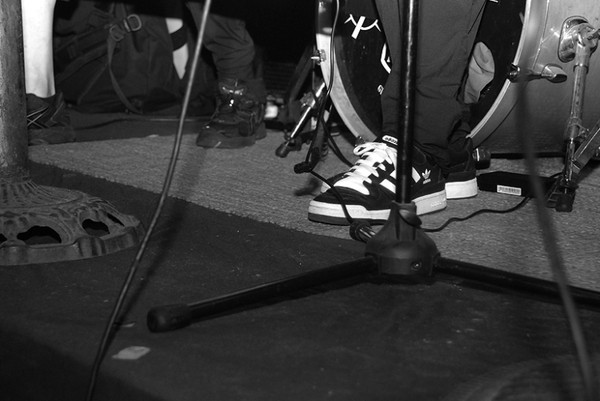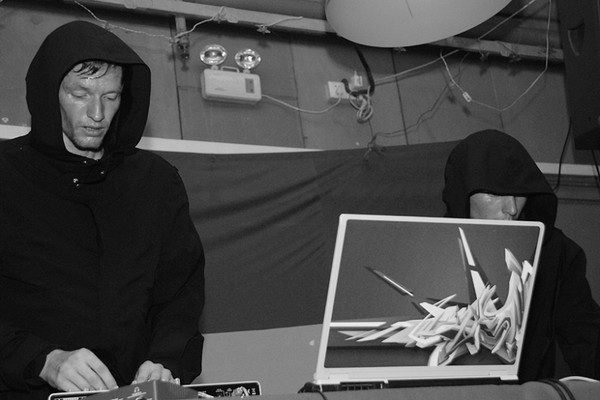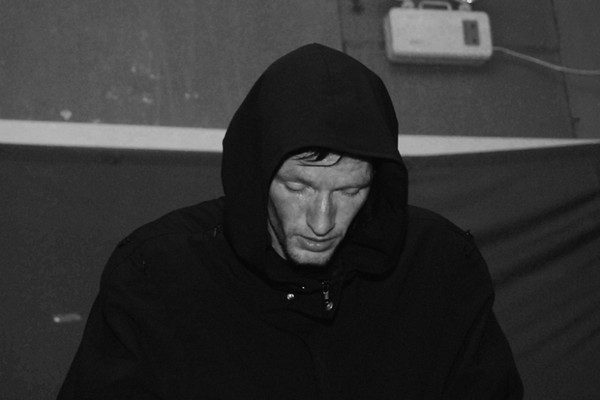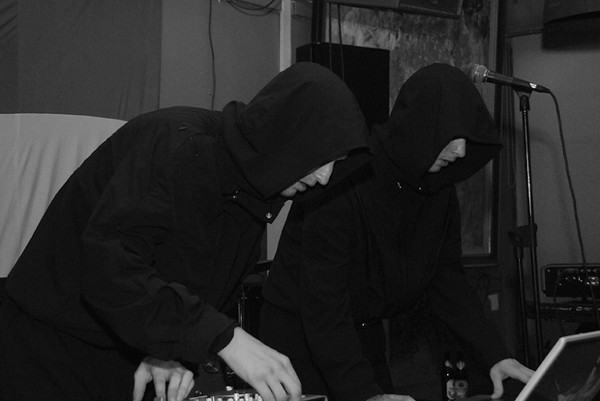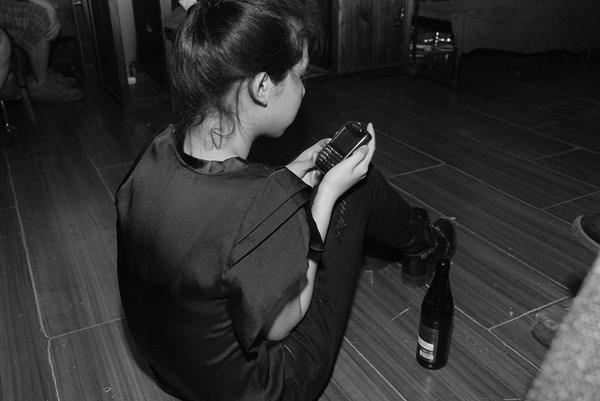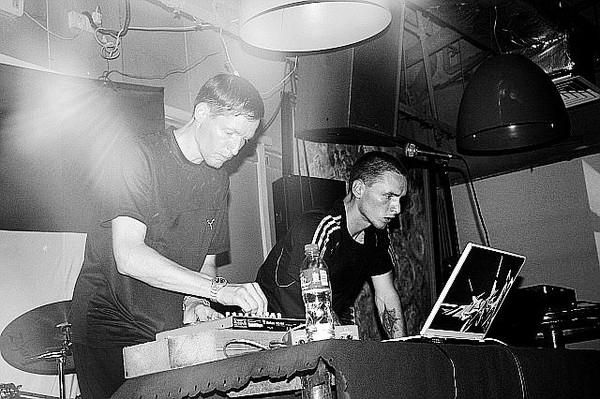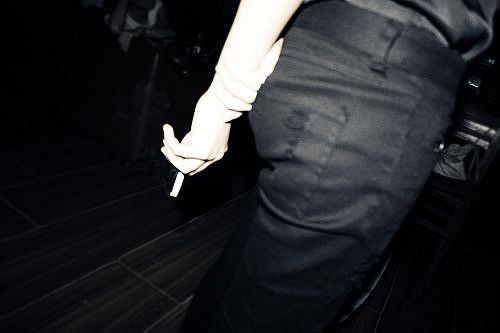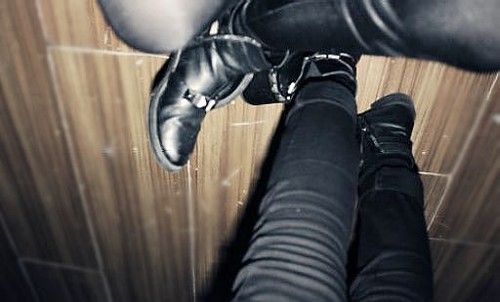25/9/2009

Alexander Wang cardigan & Camilla Skovgaard wedges.
unknown's beauty
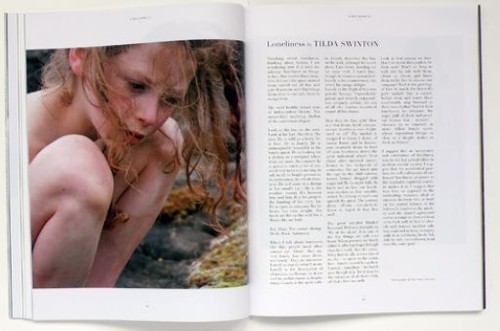
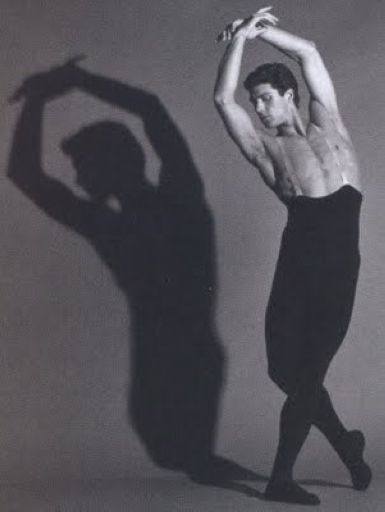


dream house
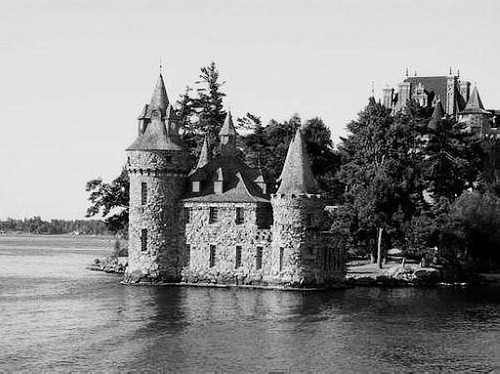
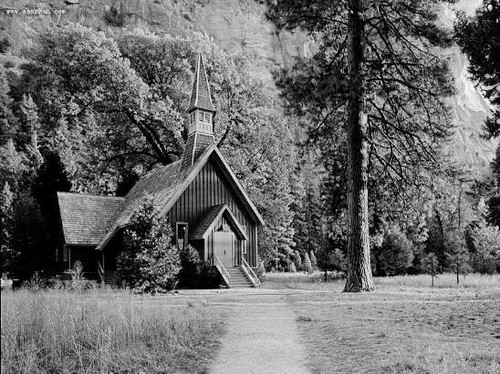
'Kuma Guna' 1996
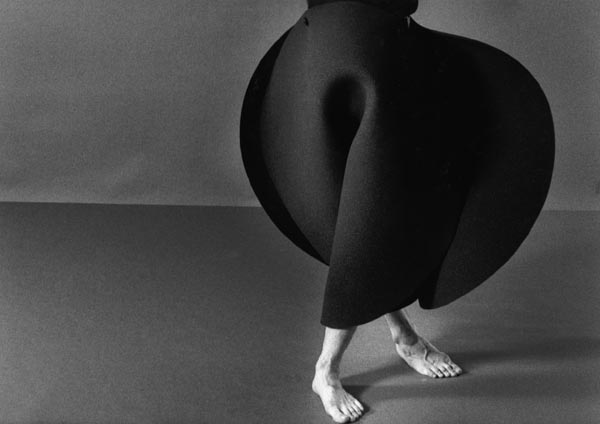
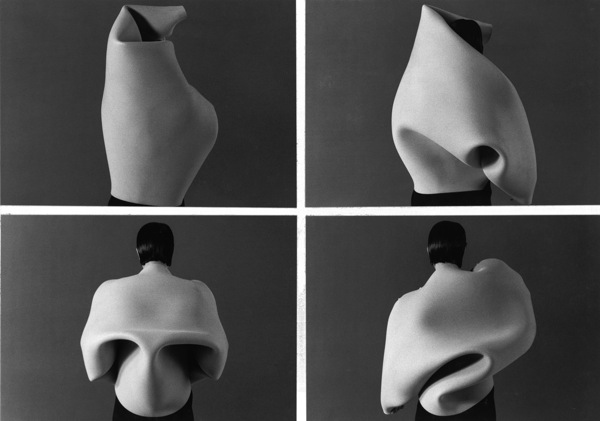
foam costumes for dance by Maria Blaisse
Maria Blaisse Q&A
What do you think of the images and how Karen Langley and Gary Card interpreted your work?
I like the images best when my work is interpreted in other materials. The most clear are no. 1, 2 and 8 (I like the idea of the black padded bathing suit).
How did your sensibility as a designer develop from the beginning? How did you become so involved with incorporating shape into your designs?
I always let the form evolve from the material. I take a lot of time for research in form and movement and then work with dancers. I learn most from nature
How do you balance wearability in your costume designs, especially considering the dancers have to move vigorously?
The longer the investigation, the more is possible and then one form can express many forms and movement and wearability find their own way. The form influences the dancer and the dancer influences the form; there is a natural interaction
Where do you think you sit in between fashion, sculpture, artist and professor?
I am just in the middle of these worlds. They inspire each other.
Do you see your work echoed in contemporary designers today?
I know that the designers that are inspired my work, work more directly and simply.
“Vintage” Atmospheres: Franco Franceschi
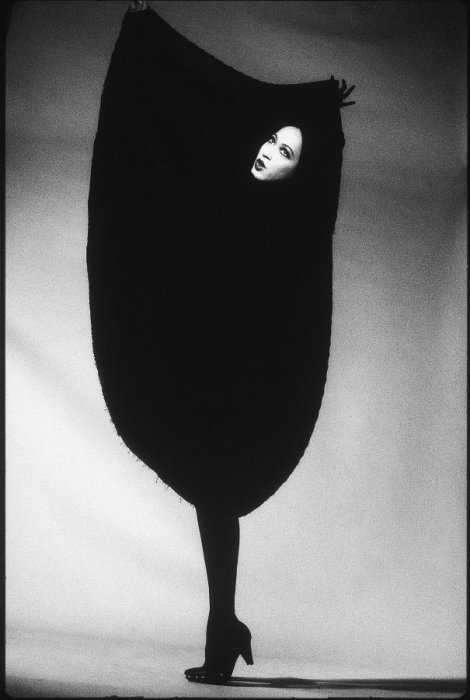
A surprise exhibition during the Copenhagen Fashion Weekend event offered fashion and photography fans the opportunity to rediscover Franco Franceschi’s work.
Text by Anna Battista | Published 12 August 2009
Chances are that if you ask Italian photographer Franco Franceschi what fascinates him about fashion, the answer will be one single word, “details”. Franceschi’s attention to details is indeed what constantly characterised his entire photographic production since the early days.
With a background in arts – drawing and paintings are two of his main passions – Franceschi started taking pictures and collaborating with different magazines in the ‘70s, focusing on different subjects such as culture and travelling. At the end of the decade he opened a studio and decided to switch his interest to fashion. From then on he collaborated with many international fashion and style magazines, from Italian Amica to Harper’s Bazaar, while developing also further interests in cinema, nature and architecture.
For his exhibition entitled “Vintage” and organised at the Italian Culture Institute of Copenhagen during the local fashion weekend event , Franceschi gave visitors the opportunity to rediscover some of his favourite images from the ‘80s and ‘90s.
Dazed Digital: What inspired this exhibition and how was it received in Copenhagen?
Franco Franceschi: My passion for the fashion industry. A while back I got in touch with the Italian Culture Institute in Copenhagen and with the organisers of the local Fashion Week and we carefully examined all the photographs. They liked them all and felt they tied in well with the event, so we decided to do the exhibition. I must admit I never imagined it could have been such a successful event, also considering that the Italian Institute is not located in the city centre. Yet we had a lot of visitors and all of them seemed genuinely interested in my work. I also found the Copenhagen Fashion Week and Weekend amazing events: everything was meticulously organised and it was interesting to see a tradeshow that reunites all together men, women and children’s wear and allows buyer to have a complete perspective about trends and fashion.
DD: Is there a special anecdote behind one photograph part of this exhibition that you particularly remember?
Franco Franceschi: Each image is connected to an exact period of my life and each of them reminds me of something. I also have lots of memories of the models featured in the pictures and I actually kept in touch throughout the years with many of them. Yet there is a photo shoot with a peculiar story behind it and it’s the one shot in the Tunisian desert. It was 1991 and we were on the Tunisian coast, ready to start working, when the Gulf War broke out. A group of German tourists was assaulted and I was travelling together with all these beautiful models, so the Tunisian authorities asked me to head to the south. In the end we decided to stop there and take the photographs in the desert. The model in this photo shoot, Daphne Deckers, got in touch with me a few days ago and we remembered this episode that happened to us such a long time ago. Now Daphne is a famous Dutch TV star, but she was one of my favourite models at the time and I’ll always remember her as a beautiful, clever and sensitive woman.
DD: According to you, in which ways has the fashion industry changed since you first started working as a photographer?
Franco Franceschi: The fashion industry has changed in many ways: in the past many Italian designers would create extremely outlandish pieces, nowadays they tend to look at functionality and practicality. There was also another interesting attitude: sometimes an idea became an inspiration in many different fields and sparked off a wide range of trends. For example, a topic such as the Middle Ages was used for films, fine arts and even fashion with collections inspired to the Medieval time. This doesn’t happen anymore, but there is a sort of big cauldron in which different trends, ideas and inspirations are mixed all together.
Other things that have changed are editors and models: in the past you would have great editors who were almost obsessed with their search for perfection and I remember they used to rebuke even internationally known photographers for insignificant details. Now perfection is not a priority, but there is also less money to invest in spectacular photo shoots. Regarding models, I recently read an interview with the manager of an important fashion agency in Italy who stated that there aren’t any important top models at the moment because the continuous model turnover allows to save a lot of money. Yet models are suffering the consequences of this trend and they have turned into a sort of choir: as a photographer you end up hearing lots of voices and seeing lots of faces, but none of them is a true soloist.
With a background in arts – drawing and paintings are two of his main passions – Franceschi started taking pictures and collaborating with different magazines in the ‘70s, focusing on different subjects such as culture and travelling. At the end of the decade he opened a studio and decided to switch his interest to fashion. From then on he collaborated with many international fashion and style magazines, from Italian Amica to Harper’s Bazaar, while developing also further interests in cinema, nature and architecture.
For his exhibition entitled “Vintage” and organised at the Italian Culture Institute of Copenhagen during the local fashion weekend event , Franceschi gave visitors the opportunity to rediscover some of his favourite images from the ‘80s and ‘90s.
Dazed Digital: What inspired this exhibition and how was it received in Copenhagen?
Franco Franceschi: My passion for the fashion industry. A while back I got in touch with the Italian Culture Institute in Copenhagen and with the organisers of the local Fashion Week and we carefully examined all the photographs. They liked them all and felt they tied in well with the event, so we decided to do the exhibition. I must admit I never imagined it could have been such a successful event, also considering that the Italian Institute is not located in the city centre. Yet we had a lot of visitors and all of them seemed genuinely interested in my work. I also found the Copenhagen Fashion Week and Weekend amazing events: everything was meticulously organised and it was interesting to see a tradeshow that reunites all together men, women and children’s wear and allows buyer to have a complete perspective about trends and fashion.
DD: Is there a special anecdote behind one photograph part of this exhibition that you particularly remember?
Franco Franceschi: Each image is connected to an exact period of my life and each of them reminds me of something. I also have lots of memories of the models featured in the pictures and I actually kept in touch throughout the years with many of them. Yet there is a photo shoot with a peculiar story behind it and it’s the one shot in the Tunisian desert. It was 1991 and we were on the Tunisian coast, ready to start working, when the Gulf War broke out. A group of German tourists was assaulted and I was travelling together with all these beautiful models, so the Tunisian authorities asked me to head to the south. In the end we decided to stop there and take the photographs in the desert. The model in this photo shoot, Daphne Deckers, got in touch with me a few days ago and we remembered this episode that happened to us such a long time ago. Now Daphne is a famous Dutch TV star, but she was one of my favourite models at the time and I’ll always remember her as a beautiful, clever and sensitive woman.
DD: According to you, in which ways has the fashion industry changed since you first started working as a photographer?
Franco Franceschi: The fashion industry has changed in many ways: in the past many Italian designers would create extremely outlandish pieces, nowadays they tend to look at functionality and practicality. There was also another interesting attitude: sometimes an idea became an inspiration in many different fields and sparked off a wide range of trends. For example, a topic such as the Middle Ages was used for films, fine arts and even fashion with collections inspired to the Medieval time. This doesn’t happen anymore, but there is a sort of big cauldron in which different trends, ideas and inspirations are mixed all together.
Other things that have changed are editors and models: in the past you would have great editors who were almost obsessed with their search for perfection and I remember they used to rebuke even internationally known photographers for insignificant details. Now perfection is not a priority, but there is also less money to invest in spectacular photo shoots. Regarding models, I recently read an interview with the manager of an important fashion agency in Italy who stated that there aren’t any important top models at the moment because the continuous model turnover allows to save a lot of money. Yet models are suffering the consequences of this trend and they have turned into a sort of choir: as a photographer you end up hearing lots of voices and seeing lots of faces, but none of them is a true soloist.
old photos I
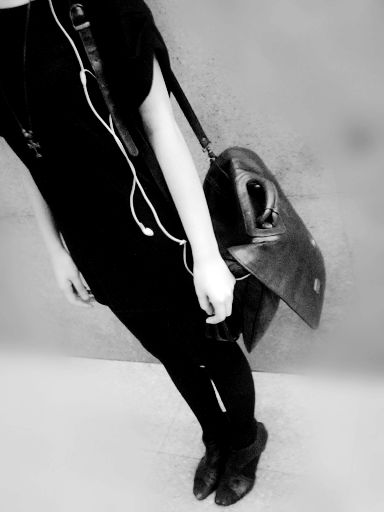
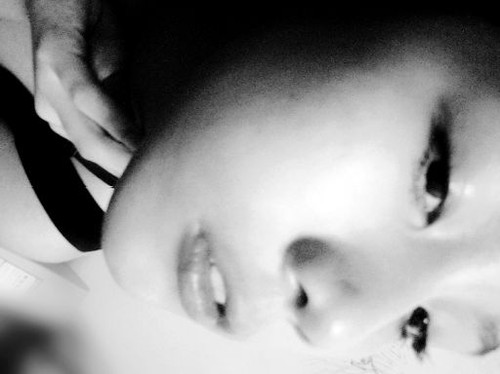


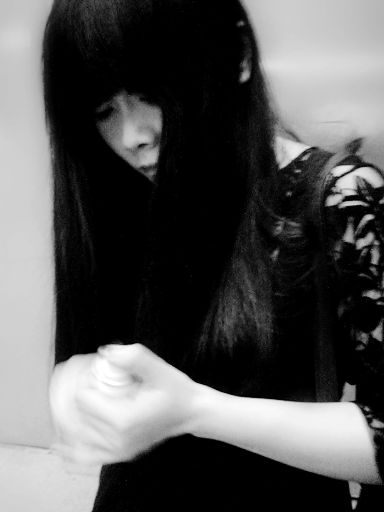
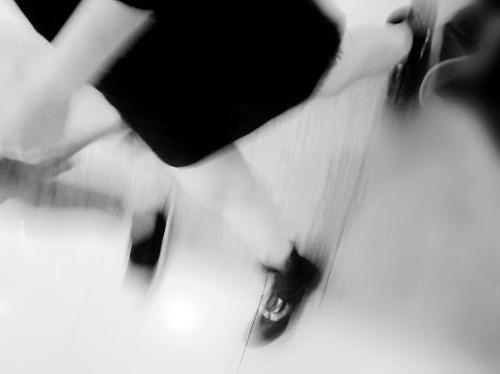
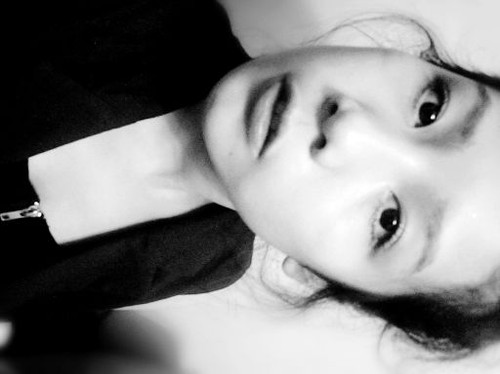
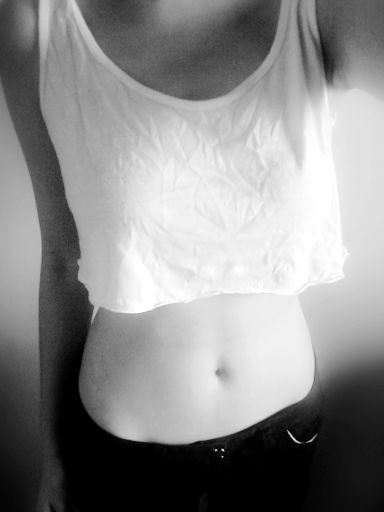
Back Shadow Are Always Cold

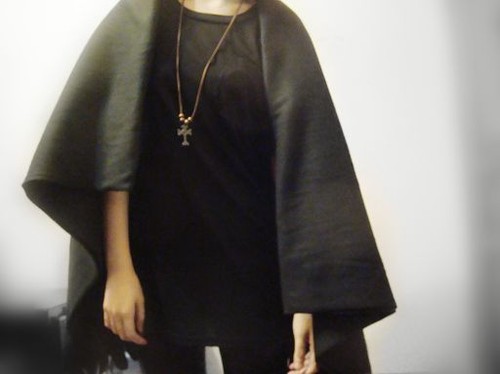
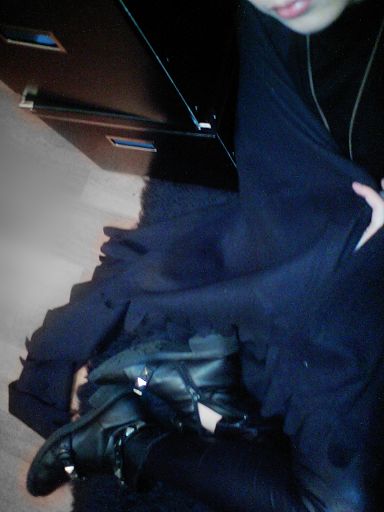
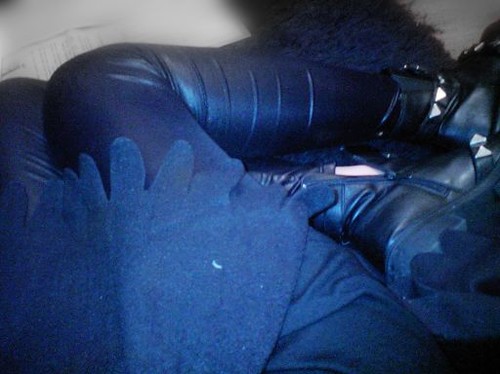

the new stuffs
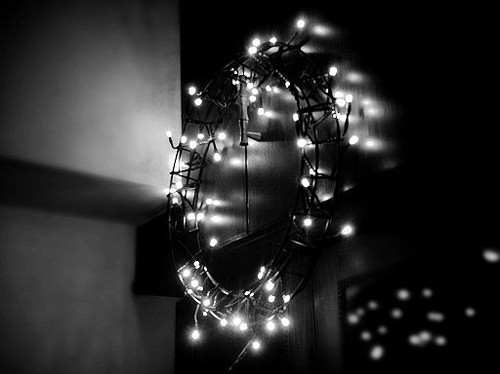
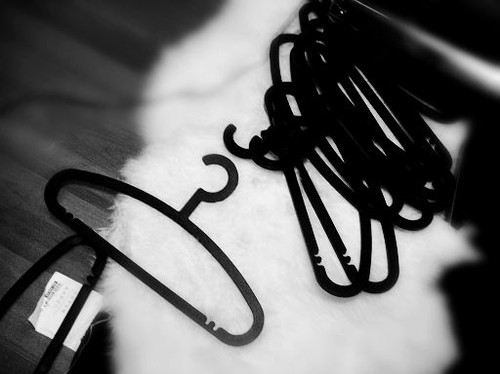
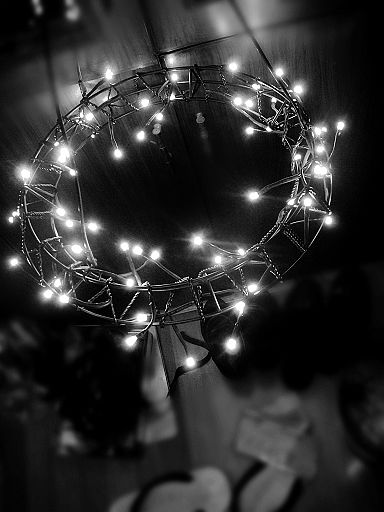
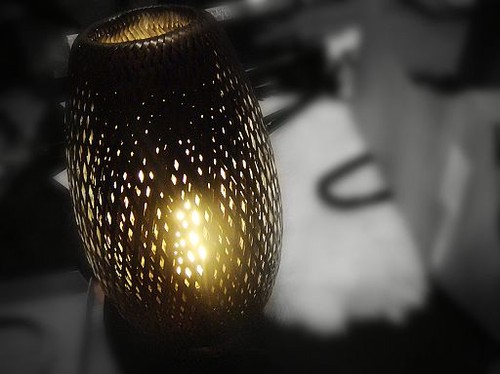
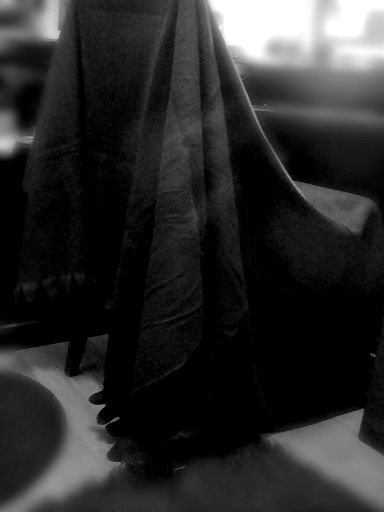
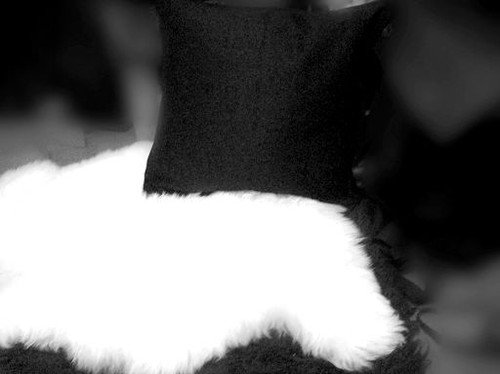
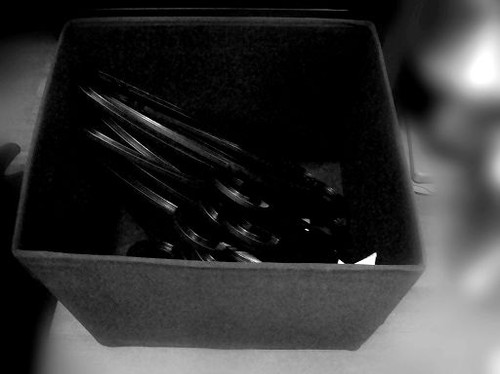
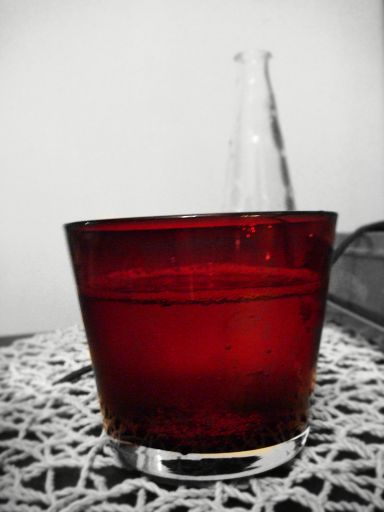
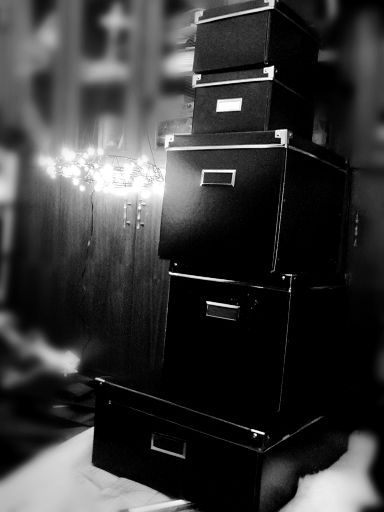
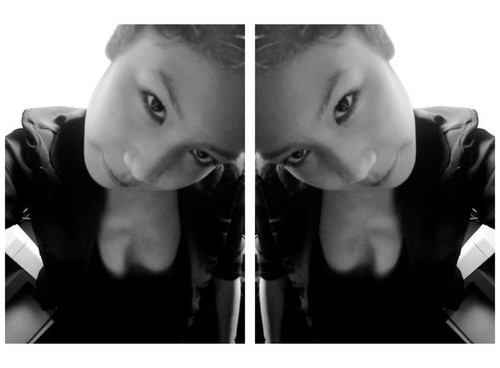
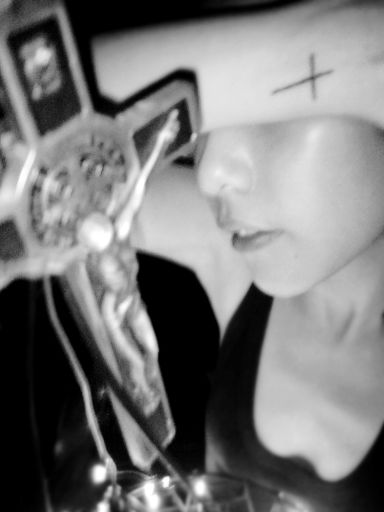

the refreshments
go shopping
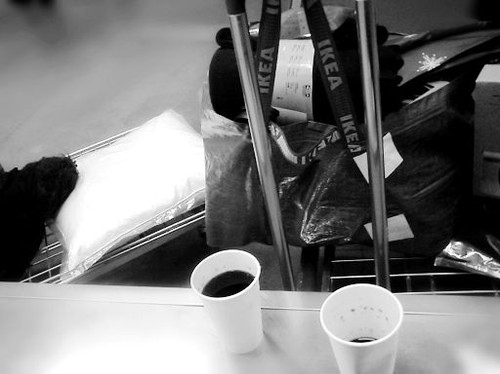
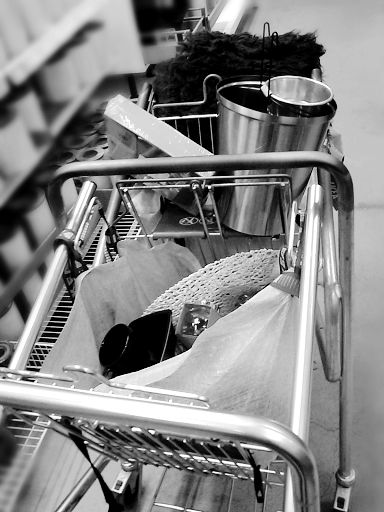
ikea
the virgin vampire girl
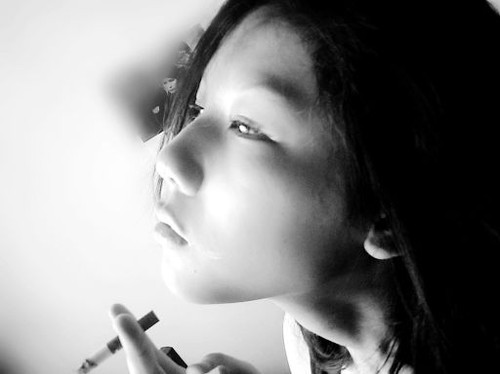

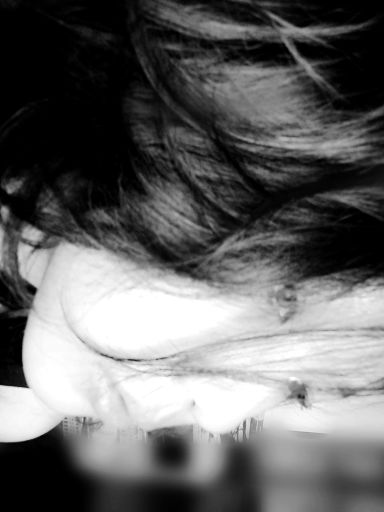
new dress

i was using those appurtenances that i found to DIY on my black stuff,

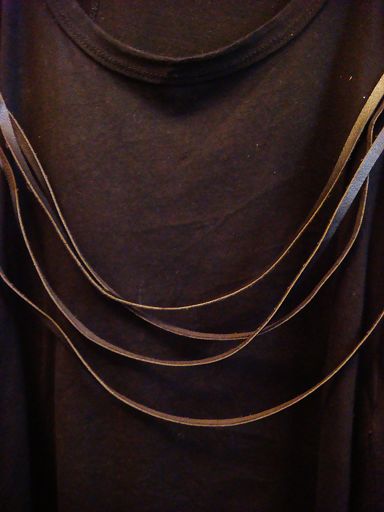

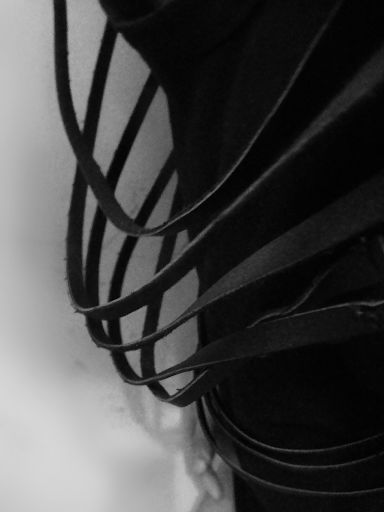

to made it like this


then, the finished!
the ouch
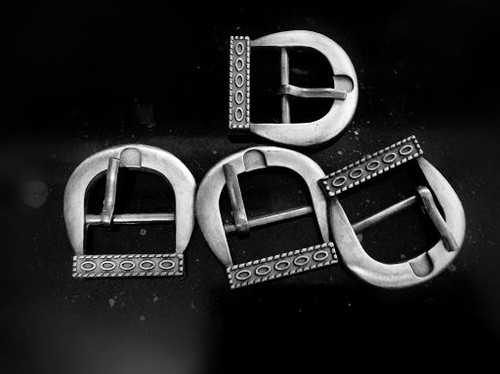
i always love to found some beautiful appurtenances, it is pretty?
DIY boots
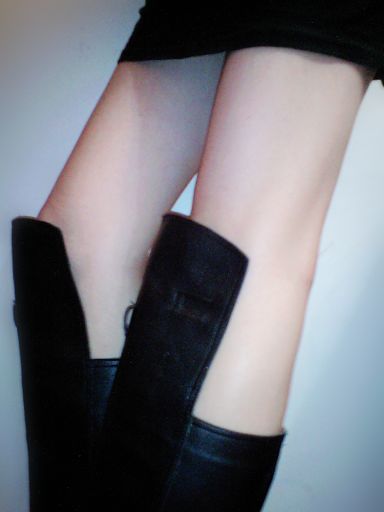
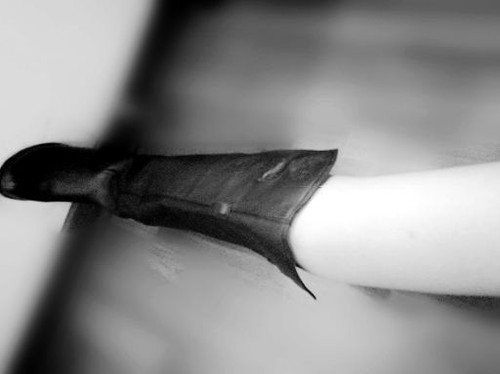
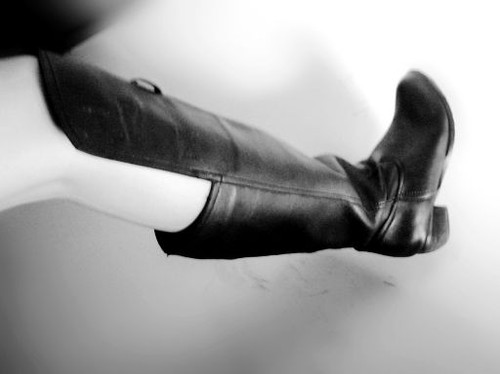
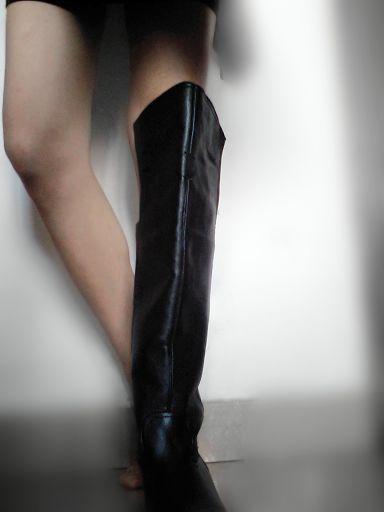
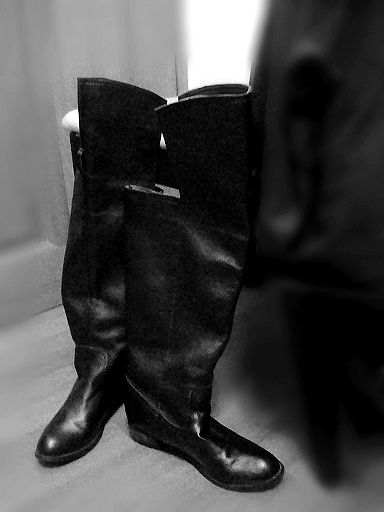
MY HOMEMADE
outside here
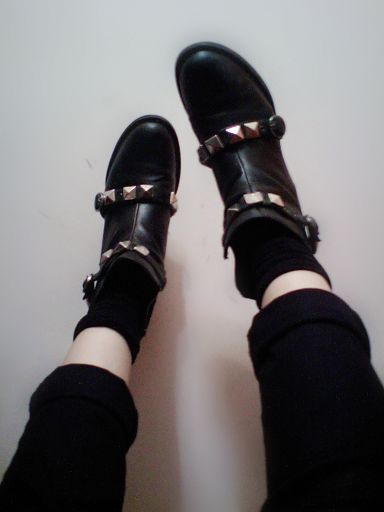
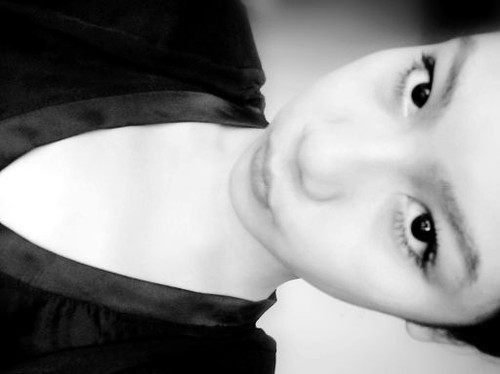
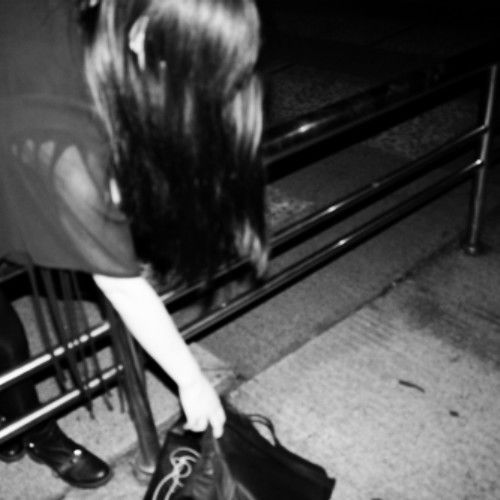
# my honey girlfriend

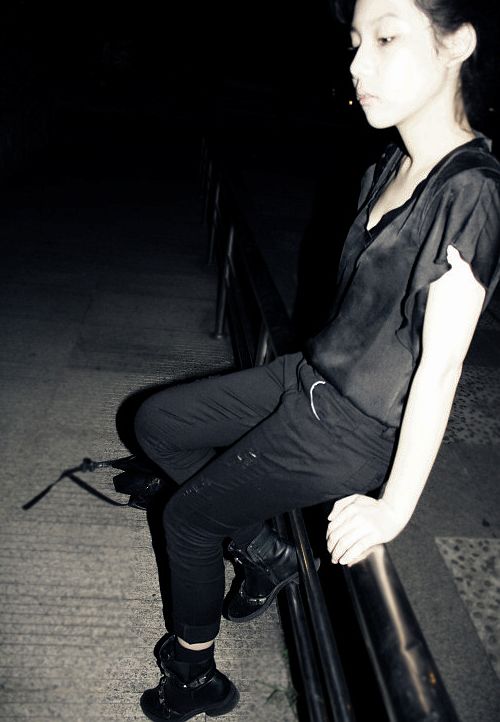
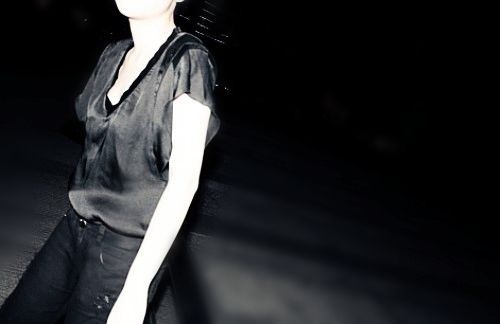
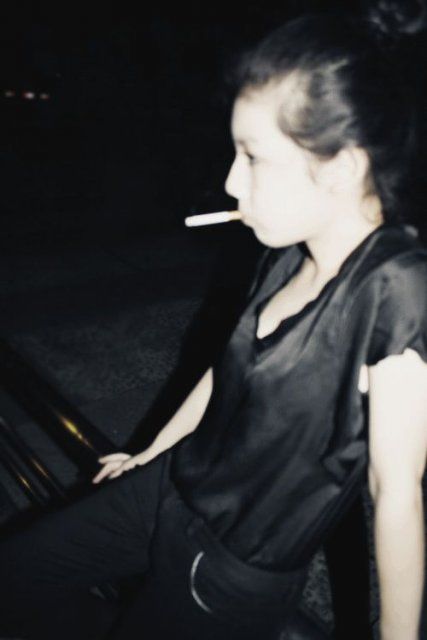
how much i love their music
the evolution

TDemna Gvasalia's Style
Bright young design star Demna Gvasalia talks to Dazed Digital about IKEA, random encounters and becoming a fisherman.
| Published 03 August 2009
# he latest ‘new Belgian' born in Georgia (ex Soviet Union) to rock the fashion scene is Demna Gvasalia, who won the ITS 3 competition while still in the Royal Academy of Fine Arts, where he also swept away with a slew of prizes. Demna hasn't gotten carried away though- he lives by the sea and still enjoys his time with friends and family...
Dazed Digital: Tell us about your collection?
Demna Gvasalia: The last collection is based on bringing stereotypical garments into a squared dimension, basically reworking garments like a basic skirt, trench, blazer, trousers etc. into an extremely geometrical square proportion. The whole collection is realised in "Stockman" cotton.
DD: Where do you find inspiration?
Demna Gvasalia: In random encounters, in everyday routine, in the present around me.
DD: Who are your favorite designers and why?
Demna Gvasalia: My favourites are those who succeed to convey their very personal vision and stay unique in that sense. Peter Hornstein, because I admire his stubborn vision and admiration of beauty. Madeleine Vionnet for probably the most futuristic approach to minimalism, Azzedine Alaia for craft and beauty and of course Martin Margiela for giving fashion history a truly different angle.
DD: Who do you have in mind when you design?
Demna Gvasalia: I have in mind a certain woman, fortunately I don't know her name. I certainly don't have in mind a "customer", simply a woman who possibly would feel amazing wearing my clothes.
DD: Who would you like to collaborate with?
Demna Gvasalia: Terence Koh and IKEA.
DD: What has winning at ITS meant for you and your label?
Demna Gvasalia: It has meant that dreams do come true. This one came true quite early and it motivated me to be confident and believe in what I do.
DD: What are the difficulties faced being a designer today?
Demna Gvasalia: Finance and mass-productive competition. Also lack of interest in quality.
DD: What are your plans for the future?
Demna Gvasalia: I don't like to plan as long as at the age of 70 I have my fishermans house by the sea and a beloved one going to fish with me every now and then.
DD: Where can we buy your collection?
Demna Gvasalia: Special order.
DD: If you weren't designing, what would you be doing?
Demna Gvasalia: I would be a cook or interior designer I guess, but now I am more than happy to be doing fashion.


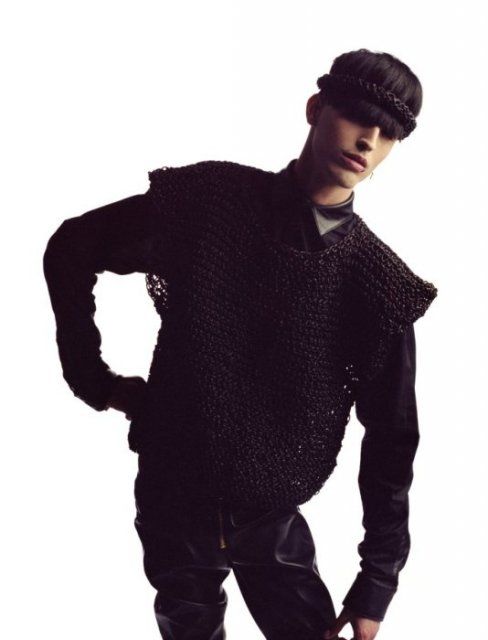
Asger Juel Larsen
It is time to get medieval with Asger Juel Larsen's exploration of unusual material blends and silhouettes which create the knights of the future.
Text by Steve Salter | Published 30 July 2009
# Although LCF's Class of 2009 was strangely low on menswear Asger Juel Larsen shone through with his take on modern chain mail and has left a lasting impression. Inspired by the Medieval period Larsen created a modern adaption of armour by producing 'futuristic' ideas of chain mail using alternative materials such as leather, PVC and rubber cords. As the dust settles on other graduate collections, Asger's comes alives with a look book shot by Ellis Scott. Here, the designer talks to Dazed about Romeo & Juliet, endless nights listening to Joy Division and dreaming about Arnold Schwarzenegger in Terminator donning his designs in Terminator.
Dazed Digital: Describe your collection in your own words
Asger Juel Larsen: With my collection "Many Shades of Black" I created something that is me. All of the pieces are very masculine and some experimental. I like to make show pieces but I find it important that there are still pieces that are wearable. The main focus of the collection is themes of medieval warfare and more specifically chain mail. I have explored the method down to its manufacture, and created a modern adaptation of the armour by producing 'futuristic' ideas of chain mail, using alternative materials such as leather, PVC and rubber cords. As I experimented on the shapes of my silhouette, I have morphed two opposite ideas: the voluminous and the slim. These opposing ideas are apparent in all outfits on the top or bottom half of the body.
DD: What films/books/moments inspired your design?
Asger Juel Larsen: I first started out researching into the era of the medieval knights, and in particular their chain mail armour. I also found the clean boxy cut of the medieval patterns very exciting. From there on I became quite interested in materials like rubber, PVC and leather cords. I therefore started to look into the world of bondage. I experimented with alternative materials and techniques to see how durable each material was. The inspiration for my first key theme was when I watched Baz Luhrmann's interpretation of Romeo and Juliet. In one scene Leonardo DiCaprio is wearing a plated chain mail costume. For some reason this costume has been in the back of my mind ever since and I have always wanted to make something out of a similar material. Paco Rabanne's use of revolutionary materials for the fashion industry was also a great inspirational source.
DD: The collection saw you work with difficult materials like PVC, rubber and chain mail, how was the experience working with them? Any comedy or hair pulling out moments?
Asger Juel Larsen: Quite early in my design process I figured out that I wanted to use alternative materials. I wanted to knit a futuristic armour piece, so I considered different materials such as videotape, bicycle wheel, rubber cord, rope, wire, shoelaces and leather. I found both the rubber and the leather/ PVC cord exciting. Maybe It wasn't the smartest and easiest choice, since I had many endless nights listening to Joy Division while using approximately 1.750 meter of rubber cord, two bottles of baby powder and many broken knitting sticks to make the rubber armour piece. The armour piece was made with 5 meters long leather cords, which I hand stitched together before I knitted the final piece. As far as the real chain mail goes. The methods is called 4 in 1, which basically means that their are 4 rings inside each ring. I bought small chain mail pieces in 6 to 6 cm and combined them together while using a dummy to make sure it draped the way I wanted. During the shows it was not difficult for anyone to see how the models was finding it hard taking the piece on and off. Even though I took out many hair from the piece afterwards the models acted like brave knights.
DD: You worked with Mauricio Stein for the eyewear. How did the collaboration come about?
Asger Juel Larsen: Mauricio is one of the first people I meet when I moved to London and we fast became very good friends. I have always loved his designs and the way he thinks differently in a design process from me. Mauricio also does trend hunting all over the world, and he is therefore very up to date with everything that is going on. We wanted to make glasses which could combine the different looks in my collection and therefore we came up with the idea of making a double lens like a shield covering and protecting the face. Almost like a warrior helmet but at the same time it is possible to open up the lens depending on the look or the mood of the outfit. We have put the glasses in production and more colours will be made. So if anyone fancies a pair of medieval double lens glasses now it's the time.
DD: Where do you see yourself in ten years time?
Asger Juel Larsen: This is always a hard question to answer but hopefully I'm in good health, I am happy surrounded by my amazing friends and family while working on my 20th collection in my own name.
DD: Who is your fashion idol/hero?
Asger Juel Larsen: Different periods, different icons. Like I mentioned earlier I find Paco Rabanne '60s and '70s collections amazing.
DD: If you could get anyone to model/wear your designs who would it be?
Asger Juel Larsen: Maybe Arnold Schwarzenegger in Terminator. If anything that is pure masculinity.
DD: If you weren't a fashion designer what would you be?
Asger Juel Larsen: I would probably have studied something like War History or Costume Design. Anything from the Roman empire to current warfare interest me. When I was younger I also had a dream of becoming an actor. I love acting and I loved to feel the rush of adrenaline going through my body while standing on a stage.
Pina Bausch
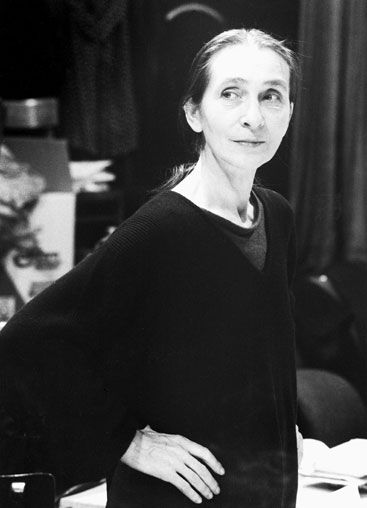
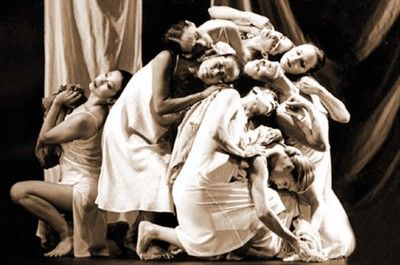
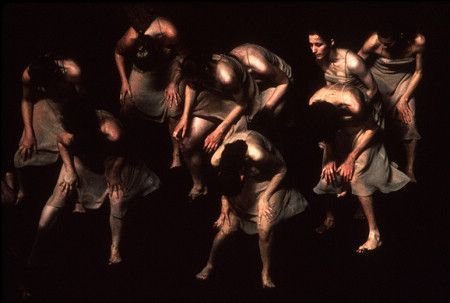
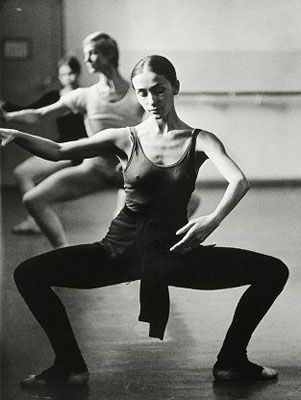
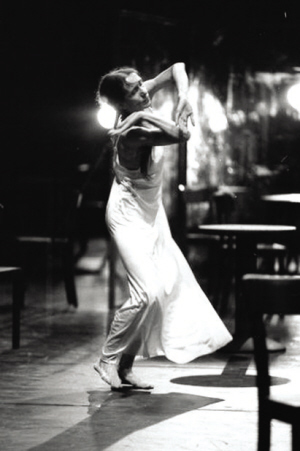
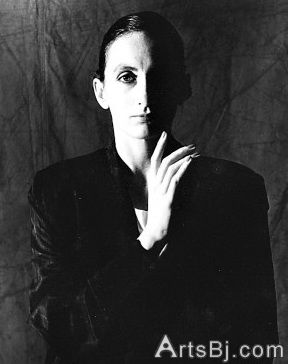
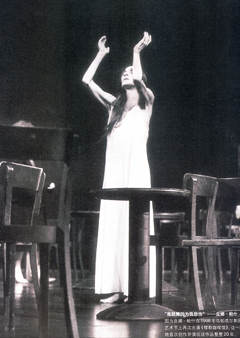

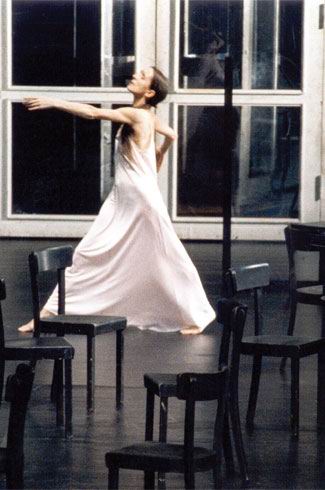
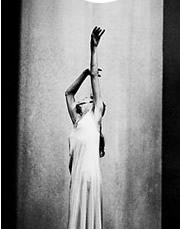
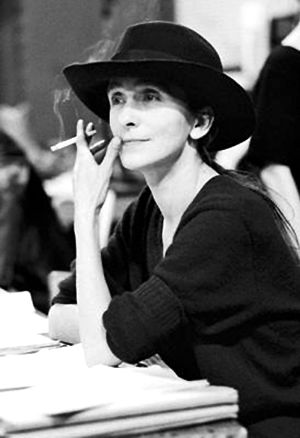
在一次采访中,皮娜·鲍什说当她在表演《穆勒咖啡屋》Café Muller 时,突然感受到了闭上眼睛,像盲人一般在椅子之间舞蹈是多么的神奇与美妙。而上个月,皮娜·鲍什永远地闭上了她的眼睛。这个7月,她本将度过自己的69岁生日。
仅仅在离世的两周前,当皮娜·鲍什的最新舞剧首次公演时,任何人,甚至皮娜自己,都没有想到这会是她最后一次演出。当晚的舞台上尽是新面孔,只有多米尼克·梅西(Dominique Mercy)是德国乌珀塔尔舞蹈团(Wuppertal Dance Theater)多年来的老成员。这一次看起来就像是一个全新的开始,一个新时代的序幕。
现在, 皮娜已逝世, 来回顾她挣扎的身影吧.
fresh stuffs

# the youngest stylist always can saw him at jak&jil, i really adored him
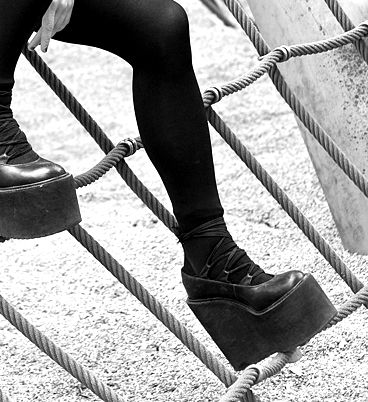
# pretty girl, http://amandabod.blogg.se/
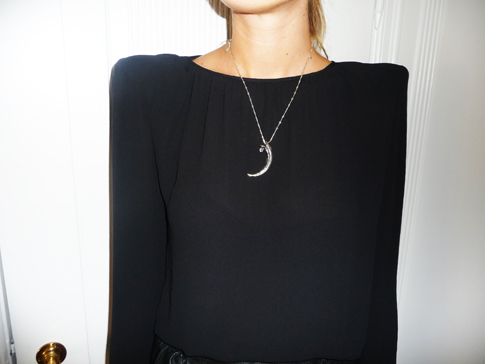
# Top with gigantic shoulder pads from Zara & necklace from Pamela Love. from anywho
a part of my own
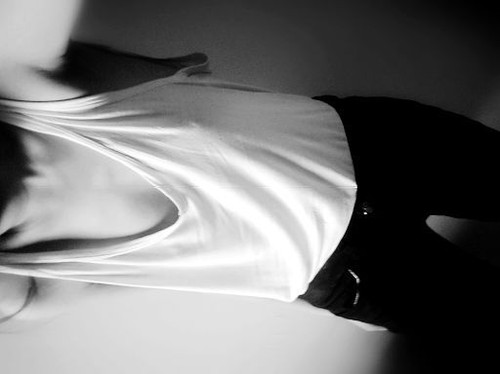
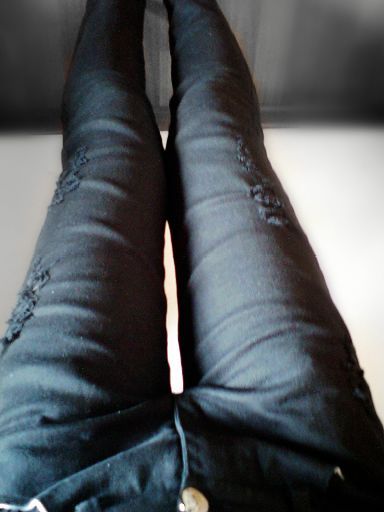
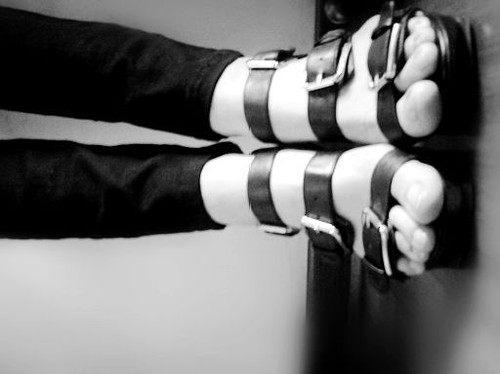
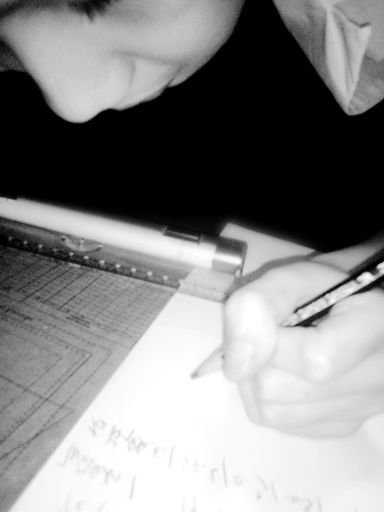
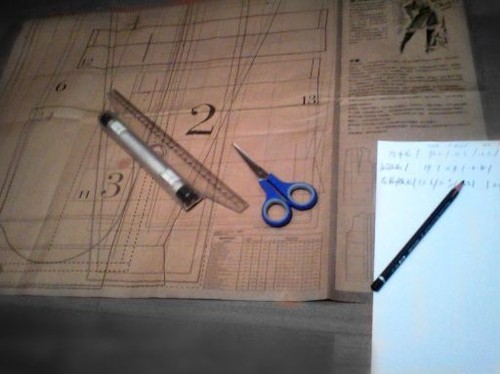
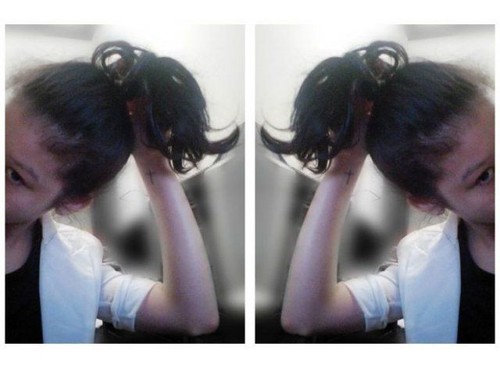

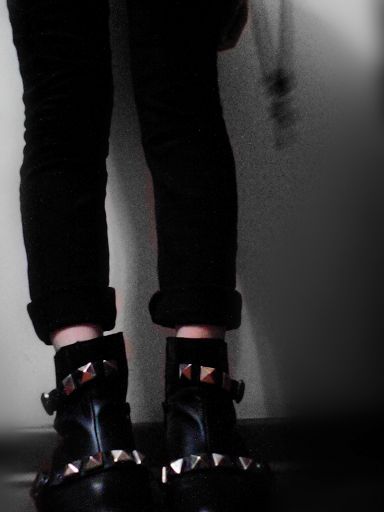
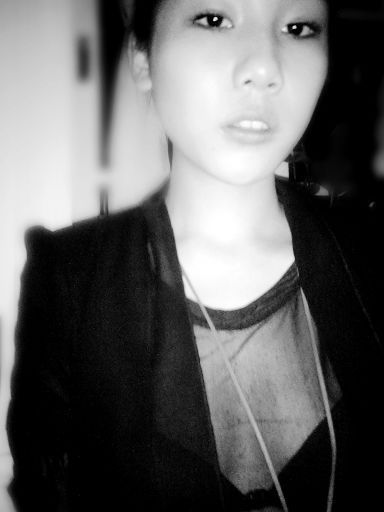
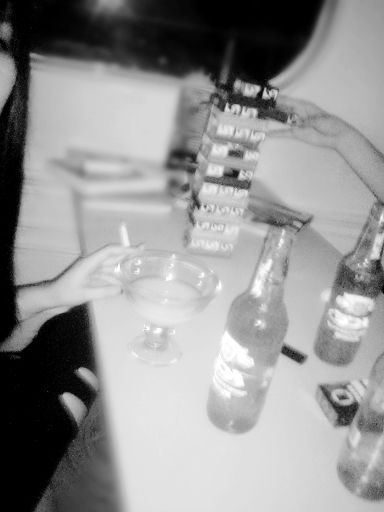
to found something so much beautiful
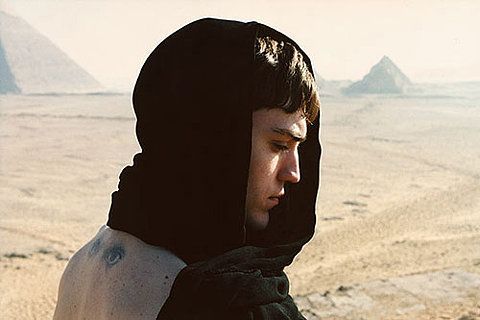
# look at his tattoo, i like this one

# the coffin of mirror
